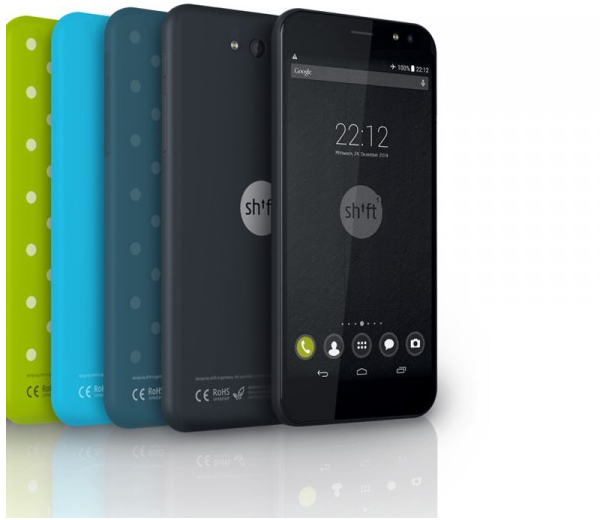There's a smartphone running Android and Windows 10 Mobile, but who will buy it?

It has been suggested that more consumers would give Windows Phone a chance if they were given the option to choose between it and Android on the same smartphone. The idea is that they would get to experience all the strengths and weaknesses of the tiled operating system, forming an educated opinion of what they would gain or lose by switching, without having to invest in a new, potentially very expensive, device.
While this is, no doubt, an interesting idea, I had doubts that such a smartphone would see the light of day. However, a German vendor has done it, announcing a smartphone that will ship with both Android and Windows 10 Mobile. Will consumers really be interested in such a dual personality handset?
Before going any further, let's talk a bit more about this idea to understand where my doubts come from.
Smartphones are not designed to run multiple operating systems. This creates a problem for vendors that wish to offer such an option, because it means they have to rethink some parts of the software to accommodate the second operating system and also come up with a hardware design that satisfies the requirements of both operating systems.
The second part is not all that complicated as Microsoft has lowered the system requirements for Windows 10 Mobile to eliminate the need for a physical shutter button and capacitive keys. The tiled operating system, however, does not support non-Qualcomm Snapdragon processors, which limits vendors' options in this area somewhat -- for some, not being able to use cheaper chips can be a deal-breaker, but let's not go this far.
What is a problem is that, in order to offer a similar user experience for each operating system, vendors have to design smartphones with lots more storage capacity than before and allocate extra resources to make sure the underpinning software works fine with two operating systems on top. And there is also the issue of supporting two operating systems for two years -- this is a reasonable thing to expect, after all. Chips are cheap, but the rest isn't.
But all those are issues that vendors can get past if they really want to do it -- one of them looks to have done it already. The real problem, and the main reason why I am skeptical, is Google.
Consumers who buy an Android smartphone, in mature markets at least, expect it to ship with Google Play. The availability of the app store is conditioned by Google's approval of the device. And do you think the search giant would agree to offering its services on a device which creates the risk of users fleeing to Windows 10 Mobile? No, no and no. It's just not smart business.
And this brings us back to Shift5+, the smartphone that started this. Shift, the vendor behind it, does not seem to be quite confident that consumers will want it because, although it says pre-orders kick off in December, sales will only start in the third quarter of 2016. The price is pretty high too at €399 -- that's the "special" price actually, as Shift5+ will cost €444 when it goes on sale.

There are some interesting things about it, but since it will only go on sale at least half a year from now there's little point in discussing in specs. They seem to be high-end now (it is said to have a quad-core or octa-core Snapdragon chip), but next year they'll be mid-range at best. The price likely won't change, so its appeal will only diminish over time.
I also doubt that Shift can guarantee that, if Shift5+ actually goes on sale, it will be able to offer Google services on the Android side of things. That would be pretty huge if it happens, but I doubt it.
It is not fair to judge how well such a concept would be received by consumers based on a single device. But, if this is the best execution that we can get, there's little that Windows 10 Mobile can gain from it.
Photo Credit: xavier gallego morell/Shutterstock